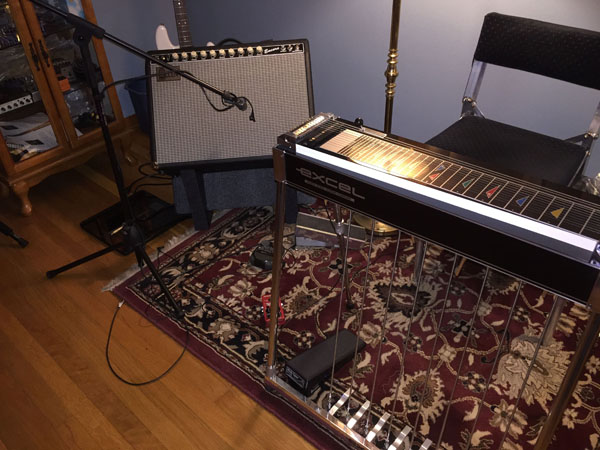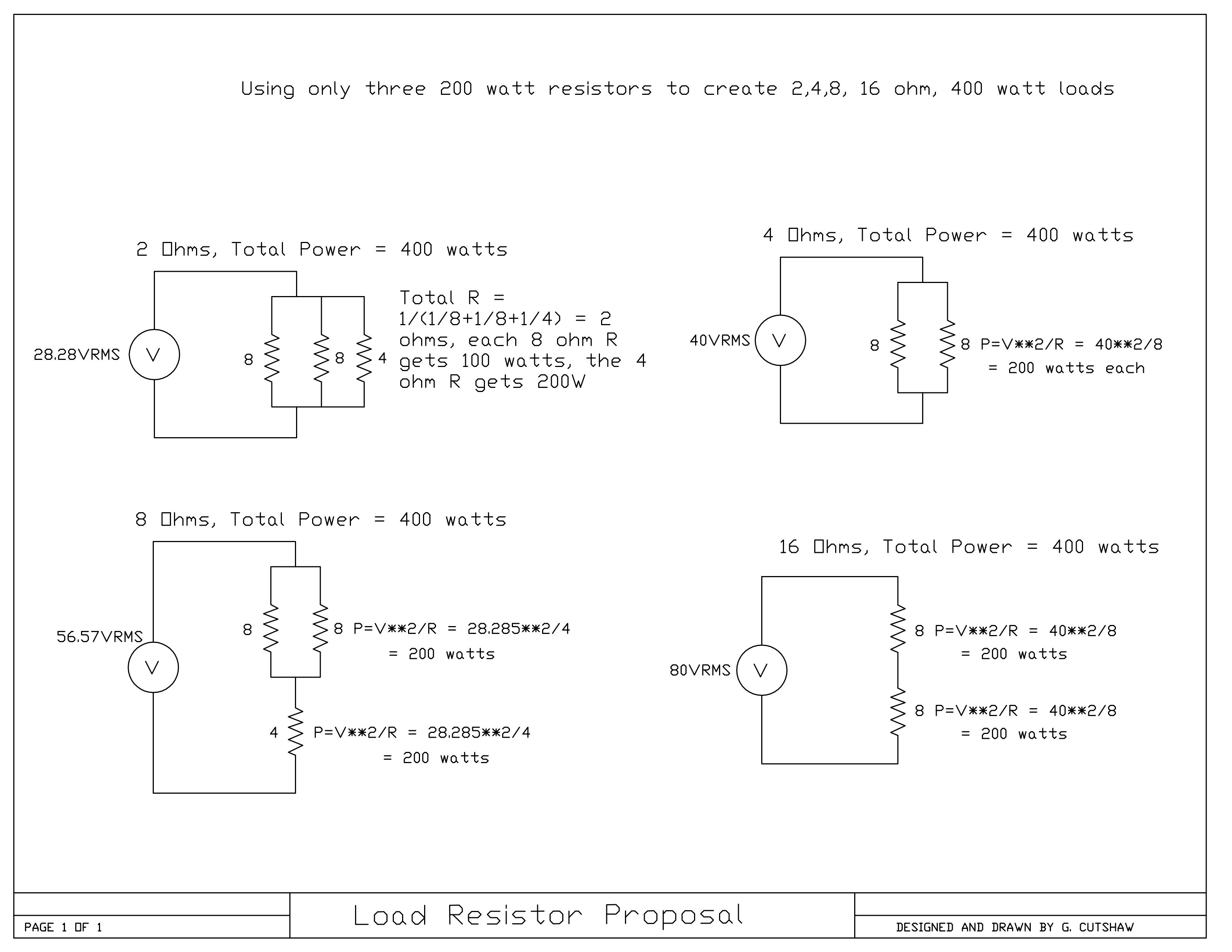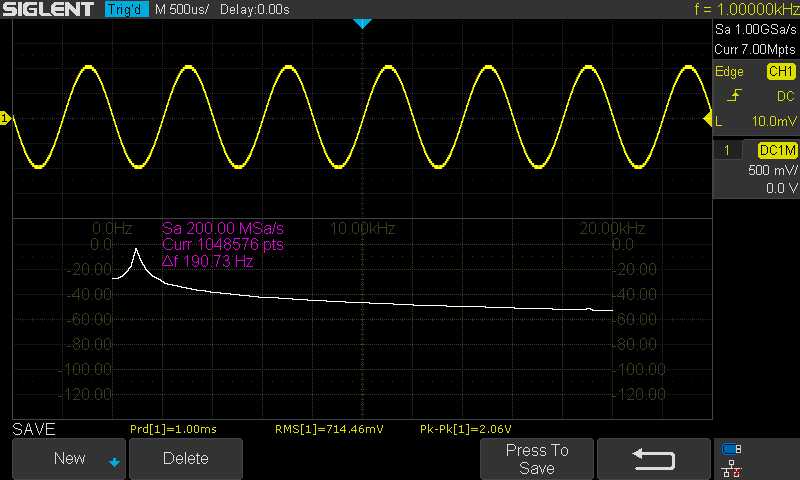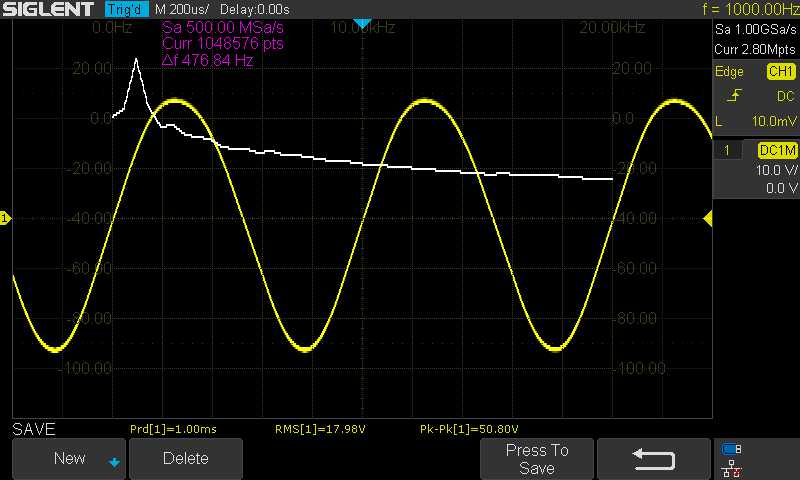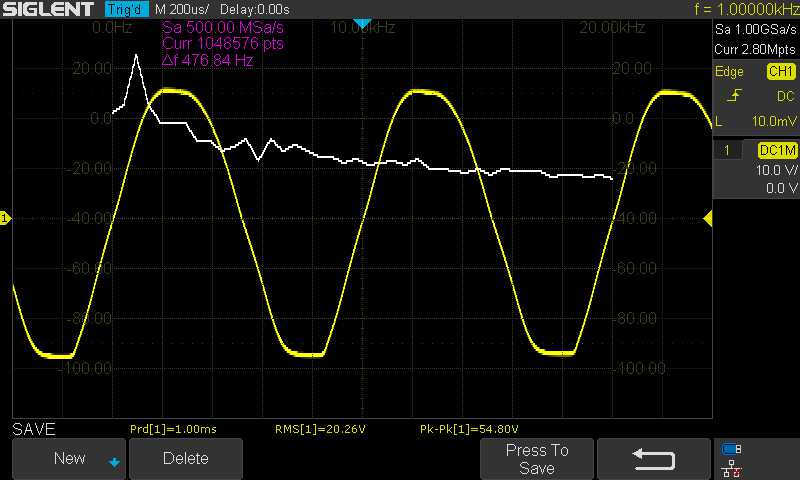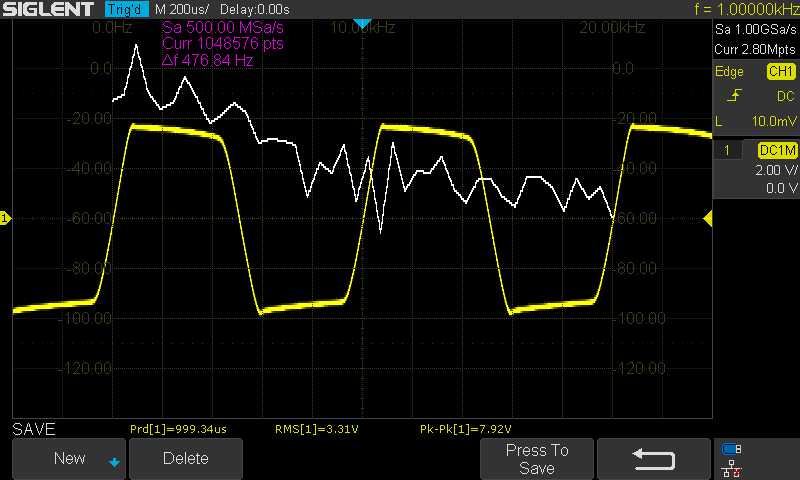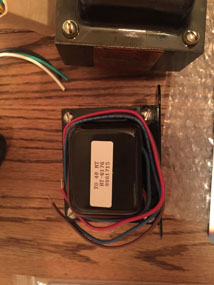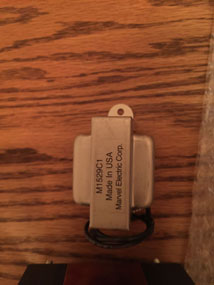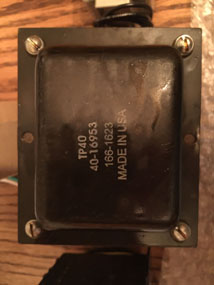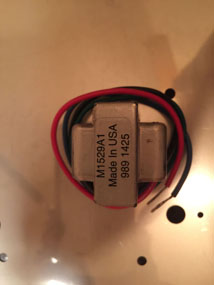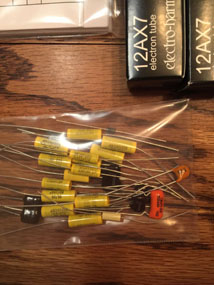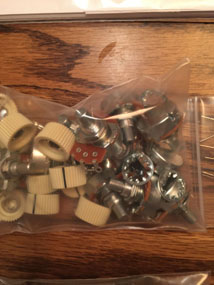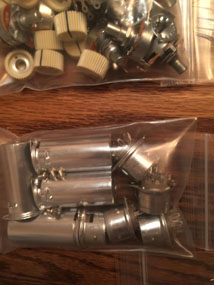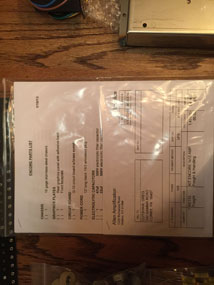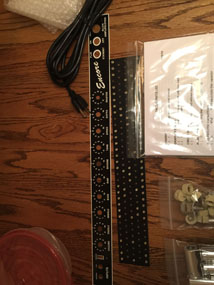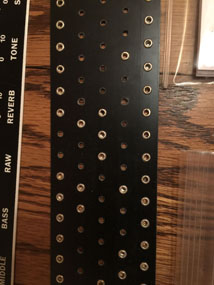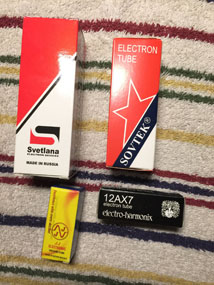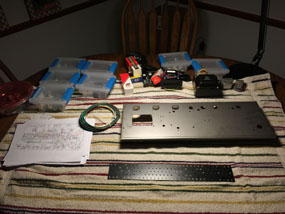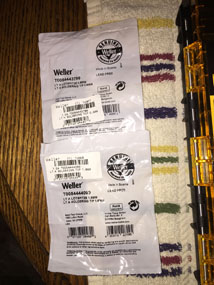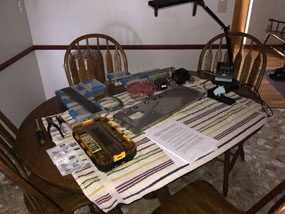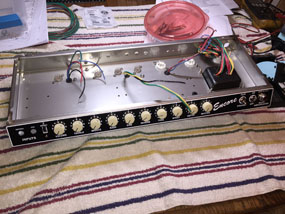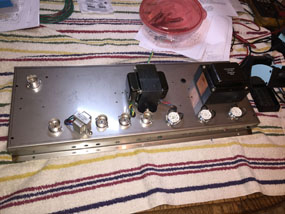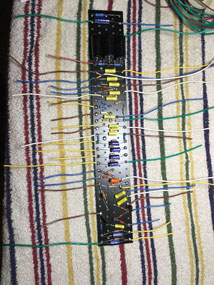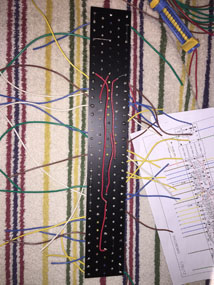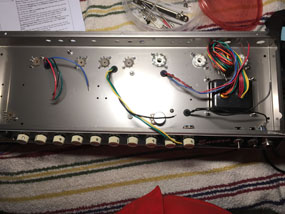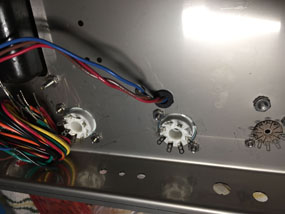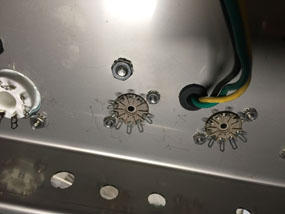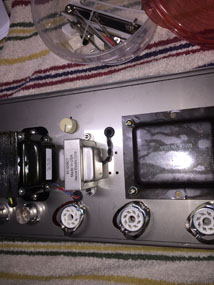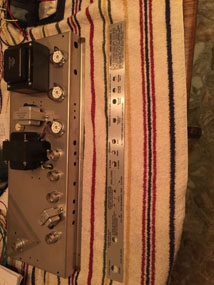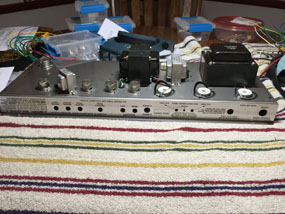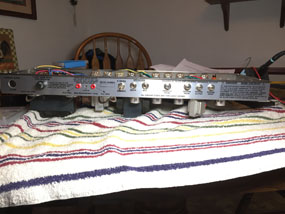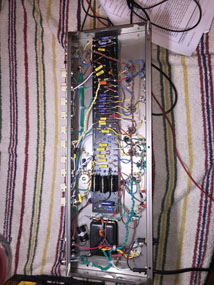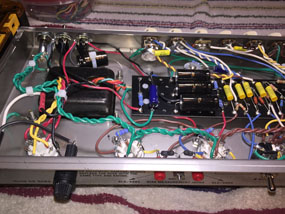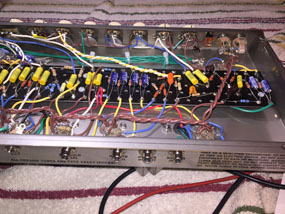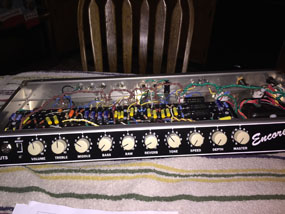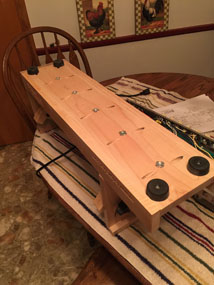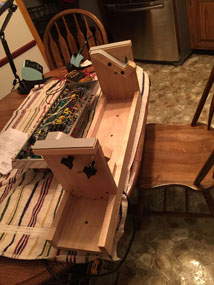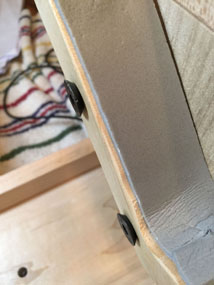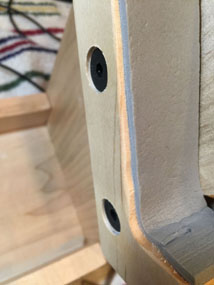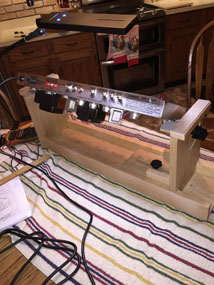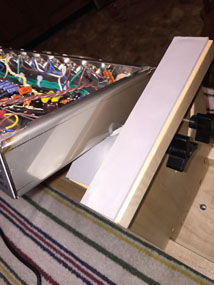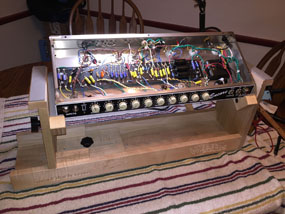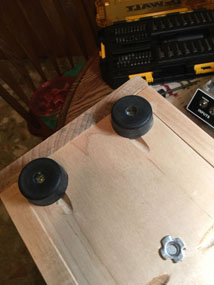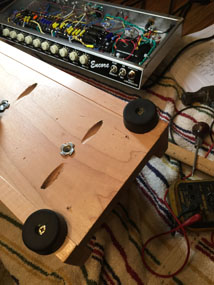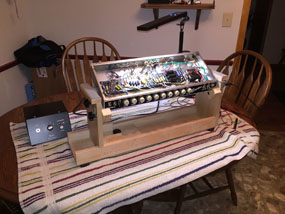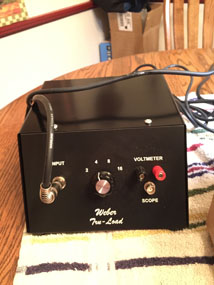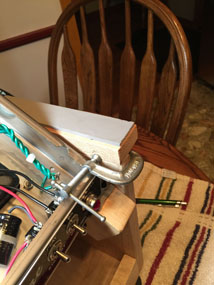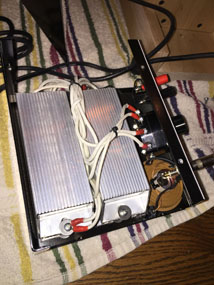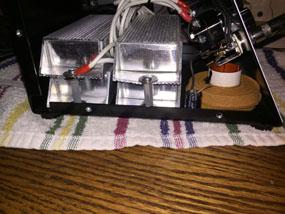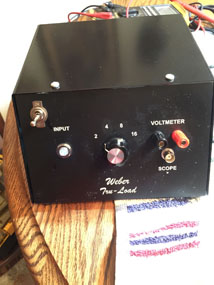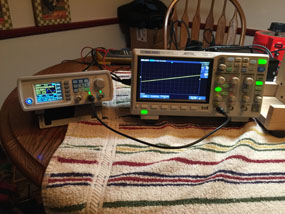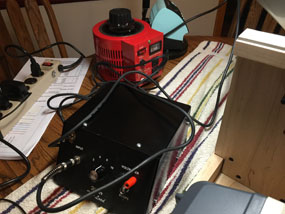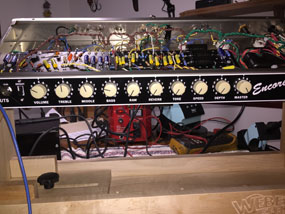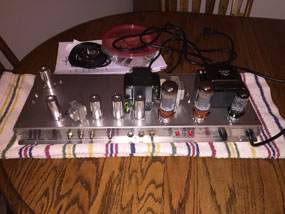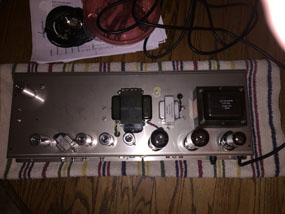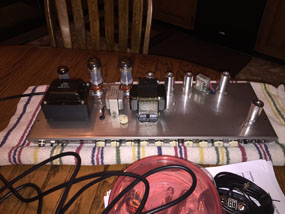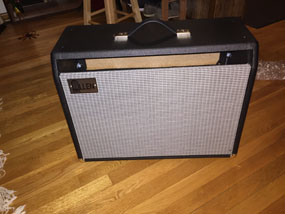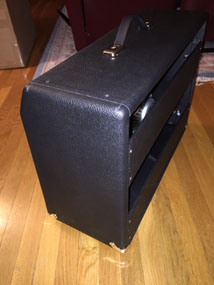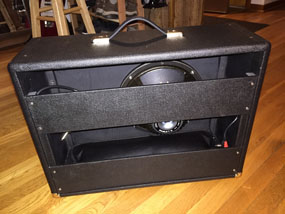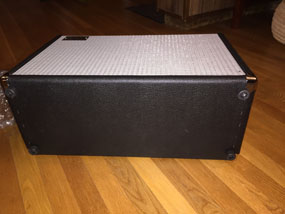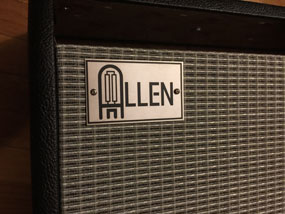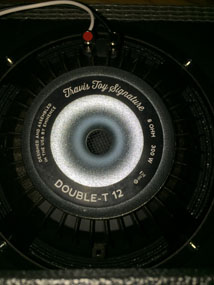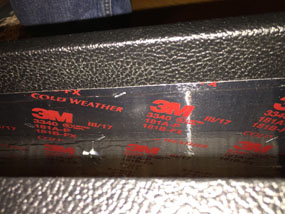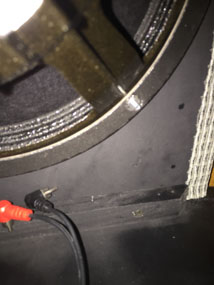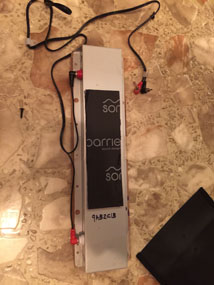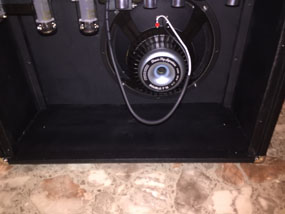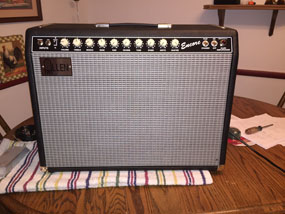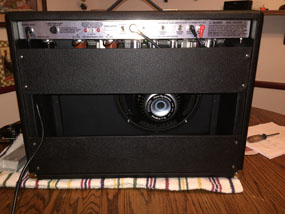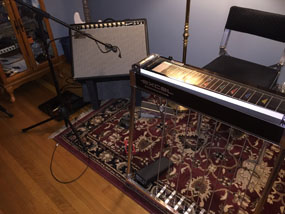Allen Amplification Encore Amplifier Review
| Two full song recordings with real bass, rhythm guitar, EZKeys piano, EZDrummer drums. All pedal steel and guitar parts are played through the Allen Encore amp. |
| Click here to listen to Encore Blues |
| Click here to listen to Four On The Floor |
| Another bonus song! This one was recorded with my 4 string electric mandolin with a low C string like Johnny Gimble's. |
| Click here to listen to Texas Swing |
| Click here to see the story of the electric mandolin |
|
|
Sound SamplesHere's some sound samples. All pedal steel samples use the Goodrich volume pedal with a Dunlop Hotpotz, 12' of George L's cable between the amp and volume pedal to roll the highs off a bit, Allen Encore amp with a Shure SM-57 mic, onto a Zoom R24 recorder then ported to Reaper to convert them to mp3 files at 320 kbps. Guitar samples omit the Goodrich foot volume. No reverb or EQ is added by Reaper. The samples are very raw and close to what I hear sitting next to the amp. My initial amp settings (subject to change):
|
|
Selection
|
Recording Method
|
Comments |
|
Shure SM57
|
Pedal Steel - E9th - Sample 1 | |
|
Shure SM57
|
Pedal Steel - E9th - Sample 2 | |
|
Shure SM57
|
Pedal Steel - E9th - Sample 3 | |
|
Shure SM57
|
Pedal Steel - C6th - Sample 1 | |
|
Shure SM57
|
Pedal Steel - C6th - Sample 2 | |
|
Shure SM57
|
Guitar - Sample 1 | |
|
Shure SM57
|
Guitar - Sample 2 | |
|
Shure SM57
|
Guitar - Sample 3 | |
|
Shure SM57
|
Guitar - Sample 4 | |
|
Shure SM57
|
Guitar - Distortion | |
|
Shure SM57
|
Reverb Sounds | |
|
Shure SM57
|
Vibrato Sounds |
|
Bench Testing and Accessories
A 20 amp variac was used to adjust the input voltage to 120 VAC just for uniformity and because my house line voltage can run pretty low. The 20 amp variac is overkill but it's built more ruggedly than the lower amperage rated units. For a dummy load I used the Weber TRU-LOAD DUMMY LOAD with a mod to switch out the unit's internal speaker motor allowing for a more resistive load. This keeps the load voltage and current in phase eliminating power factor considerations which simplifies power calculations.
Here's a schematic I traced out showing the added switch (click on picture for full size pdf file):
Note that you can save some money by just buying discrete resistor loads. Also its possible to use only three 200 watt resistor to creat 2,4,8 and 16 ohm loads at 400 watts each! This is pretty cool and you can click on the picture below to see my implementation of it using simple ohm's law calculations.
For bench testing I used an audio signal generator, 200 MHZ digital scope, variac set at 120 VAC with the amp impedance switch set at 8 ohms and the dummy load set at 8 ohms. A tube amp will deliver maximum power to it's load when the load matches the amp's internal impedance. A lower or higher load will result in a lower power output to the load but can result in useful damping transient and tone changes in actual use. Note that a 3 db increase in audio level only yields a slight increase in audible volume but requires twice the power! Similarly a 6 db increase requires 4 times the power and a 10 db increase requires 10 times the power but will sound twice as loud. Nevertheless, amps are heavily marketed based on wattage and it's hard to convince buyers that whether an amp is 40 or 50 watts or even 80 watts really doesn't much matter in terms of sound levels. Going from 40 to 300 watts for example is a useful power change if you need higher sound levels. For my setup I used a sub $100 audio generator and it's pretty amazing. You can see the waveform purity immediately below and pictures of the setup far below. The scope has a somewhat useful FFT (Fast Fourier Transform) function that shows a decent frequency domain representation of the signal. What is REALLY cool about the scope is that it calculates the RMS value of the waveform allowing for accurate output power calculations of various waveforms. A square wave will have a lot higher power output than a sine wave at the same frequency. Thus, as the amp starts to get pushed out of it's linear region , you can get more than 40 watts of RMS power out of it.
The first picture below shows the amp delivering a fairly clean 40.4 watts with a 300 mV peak to peak input signal at 1 khz. The 6L6 plate voltages are at 455 volts and the tubes are biased at 34.55 and 35.00 volts. Most passive pickups that I've seen put out between 90 and 400 mV.
The next picture shows the amp delivering 51.3 watts with the RAW control cranked up a bit.
Finally what follows is a picture of the amp delivering a distorted 63.3 watt RMS obtained by cranking up the RAW and volume controls.
Note that the amp is capable of producing two different sources and sounds of distortion. You can overdrive the output section or you can overdrive the preamp section depending on how you set the master Volume and Volume/Raw controls.
![]()
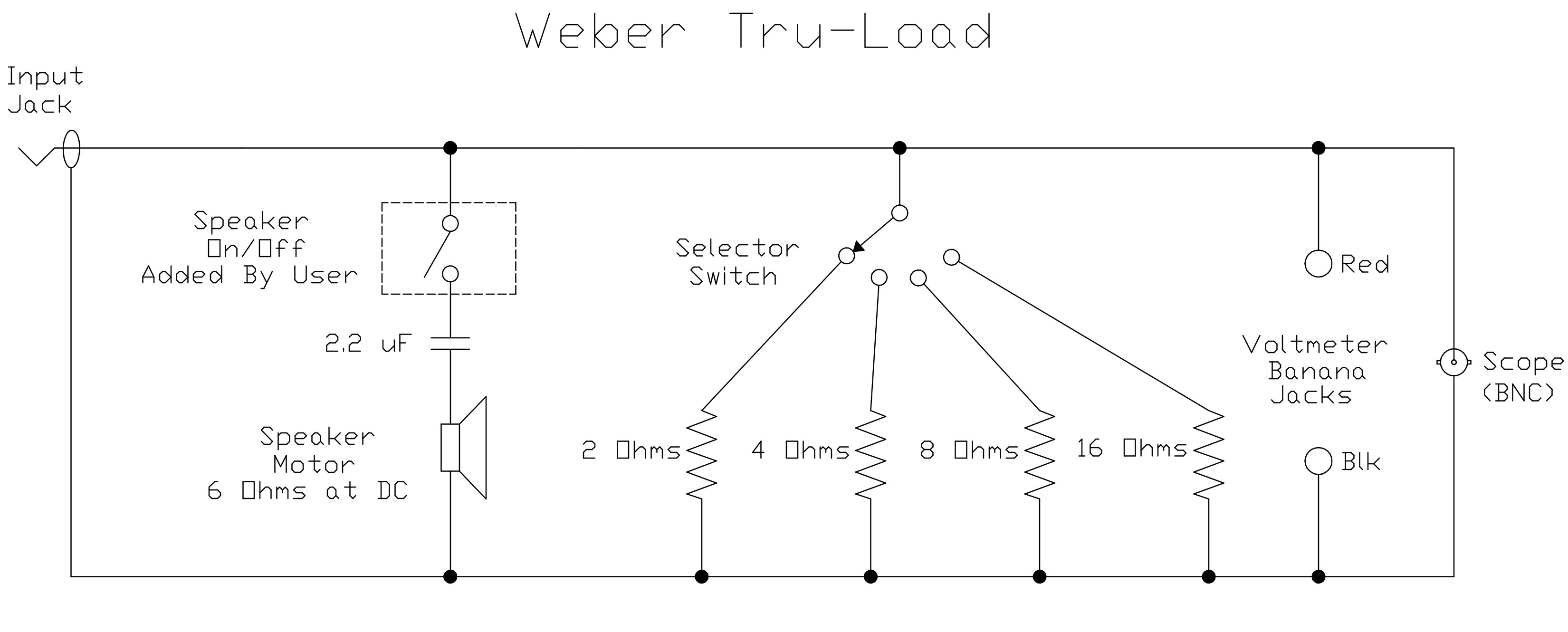
|
|
There are quite a few pictures below. Click on them to see them full size or at least sized to a browser window. Click on the picture again if needed to zoom in even more!
Comments? email webmaster Greg
|
